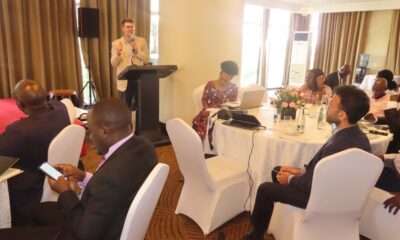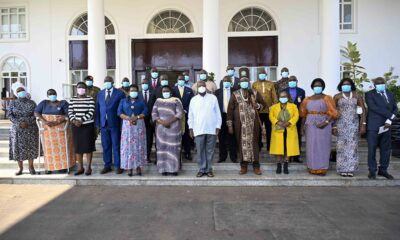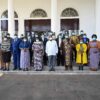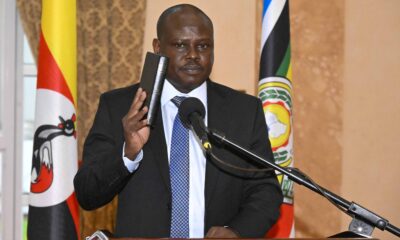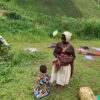News
NFA collaborates with UNDP to launch the Uganda Natural Resource Information System
The United Nations Development Programme (UNDP) in collaboration with the National Forest Authority (NFA) has launched the Uganda Natural Resource Information System (NARIS) designed to monitor and mediate deforestation throughout Uganda and protect the country’s forests and biodiversity.
NARIS is a collaborative, real-time, data mapping system that is now being implemented to monitor changes in forest cover, track the impact of initiatives relating to deforestation, and provide a data source for future initiatives.
The system is accessible to government bodies, the private sector and other key stakeholders in the forestry and environmental sectors, serving to forecast future trends in forest cover, generate support for prevention and mitigation of deforestation, and provide credible data to influence decision-making on resource mobilization and allocation relating to deforestation in Uganda.
NARIS can be used both online and offline and consists of desktop and mobile applications for use in office and field locations. The system incorporates a web user interface incorporating a geographic information system (GIS) with a landcover map of Uganda as a baseline; a mobile application to assist with field monitoring and validating information gathered from satellite imagery; the capability to track changes in forest cover over time and validate field actions through the mobile interface; and the capability to be used both online and offline, with data syncing once the user has returned online.
The system has been developed in partnership between UNDP and NFA, with the partners mutually recognizing a gap in recent data to track rates of deforestation and concluding that enabling access to real-time data would drive action from key stakeholders and generate a more coordinated approach to natural resource management in Uganda.
The National Forestry Authority Executive Director Mr. Tom Okello noted that NARIS is being used to monitor forest cover in Uganda, and that it also has capacity to monitor human and wildlife migration patterns, urban development and other variables beyond deforestation in the future.
“The Uganda Natural Resource Information System (NARIS) is very timely as it will not only help our field team to get real-time data on the state of forests, but it can also be used to monitor other parameters like people movements and their activities. I call upon my staff to embrace this innovative and modern forestry management tool for efficient delivery of duties in these modern times” Okello said.
He applauded UNDP for supporting the development of the tool.”
The NARIS platform is set for scaling to also monitor and provide data for other natural resources such as wetlands. With support from the Swedish International Development Agency (SIDA) and the Norwegian Agency for Development Cooperation (NORAD) through the UNDP Anti-Corruption Innovation Initiative (ACPIS), UNDP has secured funding of up to USD 628,950 to scale this platform to facilitate the management of environmental ecosystem. In this regard, UNDP will be working alongside new partners such as the National Environmental Management Authority (NEMA), National Information Technology Authority (NITA-U), Civil Society Organizations, among others.
Forests are home to over 80% of all terrestrial wild fauna and flora in Uganda, while supplying 90% of Uganda’s energy needs, generating 61% of the country’s tourism income, and providing jobs for around 1 million people. Forests also provide vital ecosystems services and resources essential to social and economic development. Yet rapid population growth, demand for agricultural land and infrastructure development, as well as demand for forest products, are putting great strain on Uganda’s forests.
According to the Ministry of Water and Environment, Uganda’s forest cover has reduced from 24% in 1990 to 12.4% in 2017. If deforestation continues at the present rate, Uganda risks losing its forests by the year 2033.
“Uganda’s environmental, economic and social wellbeing are tightly bound to the benefits that healthy forests provide. Deforestation has the potential to threaten this fine balance through exacerbating climate change and reducing biodiversity, and if deforestation is not addressed the impacts have the potential to stall or even reverse Uganda’s development trajectory” UNDP Resident Representative Ms. Elsie Attafuah said.
She added that the Uganda Natural Resource Information System (NARIS) has great potential to forecast trends in forest cover, trigger real-time response, and generate strategic and coordinated support to protect Uganda’s forests for years to come.







